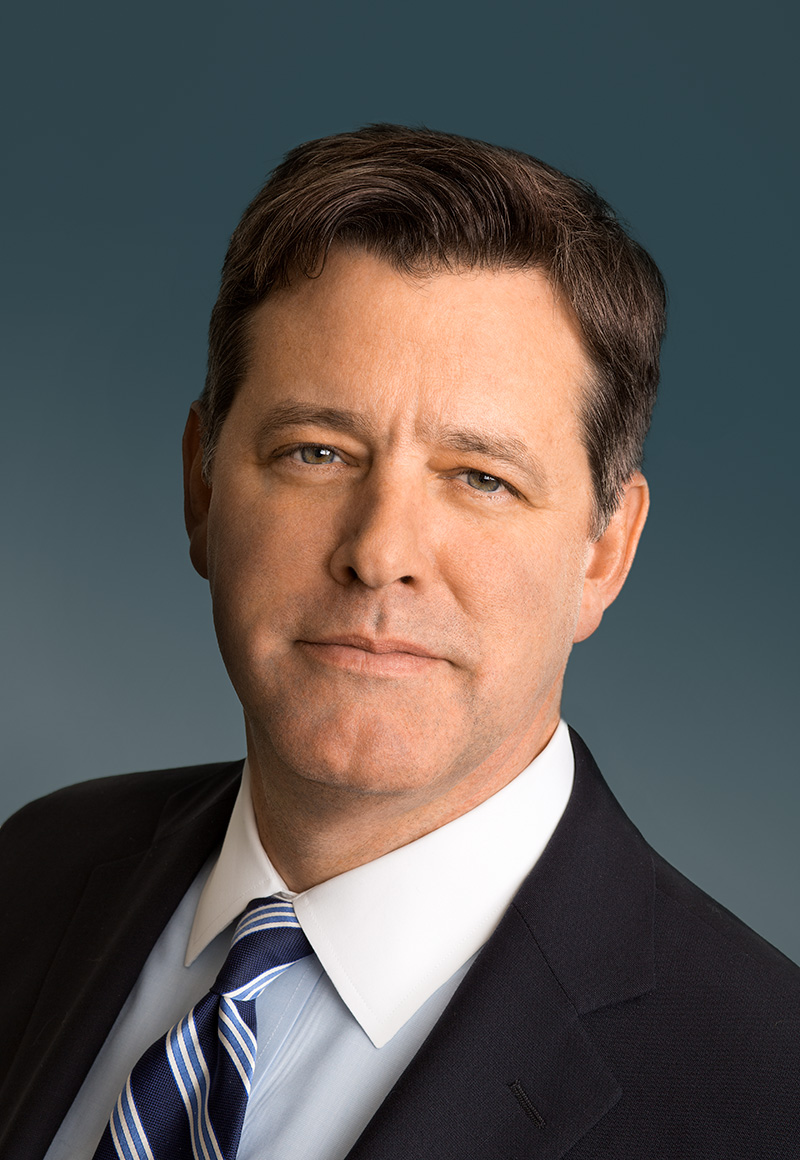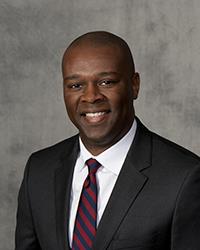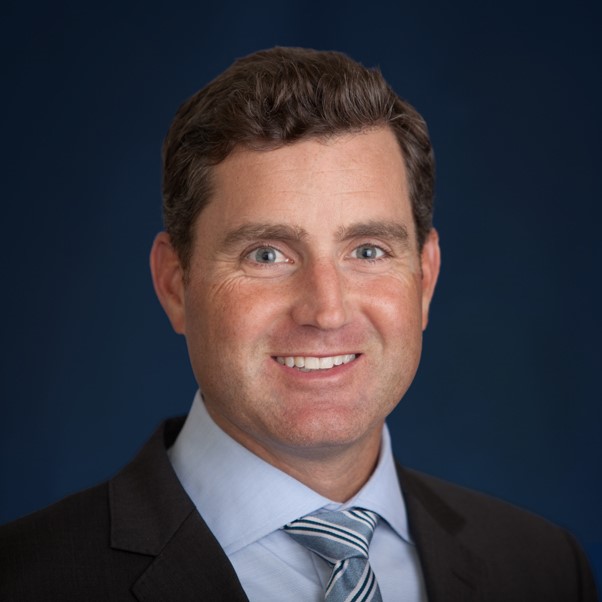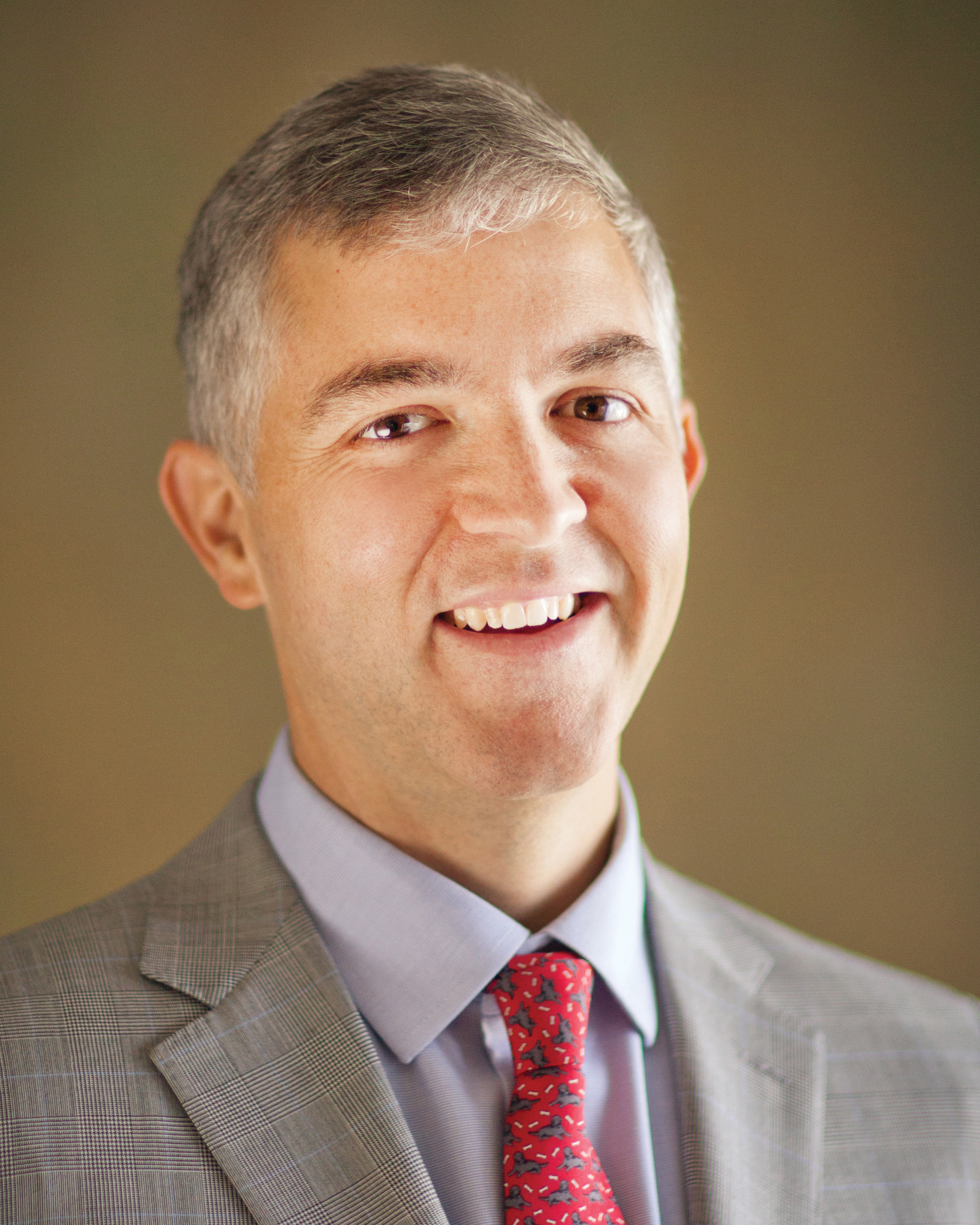
Sue Washer is the President and CEO of Applied Genetic Technologies Corporation, or AGTC. Ms. Washer is an experienced entrepreneur with an impressive career over the past 32 years, with diverse experiences in the pharmaceutical/biologics industry, including extensive corporate startup experience, research and development expertise as well as significant community and industry association leadership. As founding CEO, Ms. Washer has led AGTC for 17 years, transforming it from a small academic spin-out to a leader in the field with five products in active development. Ms. Washer led AGTC’s successful IPO and secondary financing, raising more than $90 million from public investors; secured investments of more than $91 million from nationally recognized venture capitalists and granting agencies; negotiated and closed on a major collaboration with a top-five biotech company; negotiated numerous licensing deals with academic, governmental and commercial entities; led the company in efficiently completing critical milestones, including five INDs and three early-stage clinical trials; and recruited an experienced management team. Most recently, Ms. Washer led the negotiations with Biogen, resulting in a wide-ranging partnership deal with a $124 million upfront payment.
In this exclusive interview with the Wall Street Transcript, Sue Washer details her strategic plans for AGTC and gets specific about the financial returns.
“…Since we last spoke, we have three other products that have moved into the clinic for testing. Two are around achromatopsia, which is another genetic disease that affects vision loss, and then, one is around X-linked retinitis pigmentosa, which is one form of retinitis pigmentosa, one of the largest orphan indications in ophthalmology. We are working on a select subset of that patient population and will start dosing patients in that trial soon. So lots of progress is being made with four products in the clinic.”
Ms. Washer has put into place some strategic partnerships, including a significant infusion of capital from Biogen (BIIB).
“We have licensed to them both the XLRS and the XLRP program and have disclosed that that license involved an upfront payment as well as a total of a potential of $490 million in development, regulatory as well as commercial milestones. For XLRS, there are low-double-digit royalties, and for XLRP, high-single-digit to low-double-digit royalties.”
Read the entire interview in the Wall Street Transcript and get the full detail straight from Sue Washer, President and CEO of Applied Genetic Technologies Corporation (AGTC).

Karen Hiatt, CFA, is a Senior Portfolio Manager, a Managing Director and CIO Focused Growth Equities with Allianz Global Investors. She manages all focused-growth strategies. Earlier, Ms. Hiatt was a senior research analyst, sector head of the U.S. consumer team and U.S. Director of Research. She has 22 years of investment-industry experience. In this exclusive interview with the Wall Street Transcript, Ms. Hiatt details her meticulous approach to large cap tech investing.
“…We construct a portfolio, really on a stock-by-stock approach, meaning we try to pick the best stocks within our platform, with a growth and quality bias, trying to stay valuation-sensitive, really focusing on a risk/reward approach, picking the best stocks we can to ultimately construct a very concentrated portfolio. We try to keep the stock count below 40 stocks…”
Her current investment focus in on the payments processing side.
“So with that said, an area that we really like is payments. There’s a lot going on within the sector, both in terms of merchants’ willingness to utilize credit, really down to the very small companies, as well as a lot going on in the P2P side — person-to-person payments…But once mobile entered the scene and you could actually pay through a mobile device, Square (NYSE:SQ) introduced the ability for individuals to pay at small businesses.”
Ms. Hiatt has high hopes for Square (NYSE:SQ).
“Square, it’s a very young company, really the first to penetrate the small business, and initially people felt that there was a very limited market because the hardware was to some extent a commodity. But what they’ve said and proven, “Not only are we a payments company, but we will provide our clients with the software that makes it really an all-in approach to managing your inventory and your sales and your receipts and providing the POS systems.” So it’s an all-in-one approach that a lot of small businesses just don’t have time to manage themselves.”
Get all the other recommendations from Karen Hiatt of Allianz Global at the Wall Street Transcript.
TJ Schultz is a Managing Director at RBC Capital Markets. Mr. Schultz joined RBC Capital Markets in 2008 and brings over 15 years of equity research and management consulting experience to the master limited partnership team, primarily focused on midstream energy partnerships. He was an Institutional Investor “Best Up and Comer” in 2012 and 2013 and appeared on the Institutional Investor All-America Research Team in 2017. Prior to joining RBC Capital Markets, Mr. Schultz worked for a Texas-based investment bank, focusing on yield-oriented investments across the energy and health care sectors.
Mr. Schultz sees a new era dawning for MLPs. “Some MLPs had matured to a stage that the incentive distribution rights, or IDRs, were becoming a drag. If a publicly traded C-Corp general partner had a mature MLP, one solution would be to buy out that MLP, effectively eliminating the IDRs and proceeding forward as a midstream corporation rather than a partnership. This had several impacts, but the primary goal was to eliminate the IDRs, convert to a more liquid C-Corp currency, and put the company on a more stable path forward with a better cost of capital.”
These MLP conversions and the self-funding model are good for investors. “Going forward, the space looks like a much safer and more investable asset class. You are seeing more interest by midstream entities to gravitate to a self-funding model. There is likely to be less focus on dividend and distribution growth and more focus on improving coverage of dividends to allow more internal funding of projects. It will not happen overnight, and if the equity markets are cooperative, there still should be financing opportunities available in the public markets for good projects. As long as this coincides with an improving fundamental backdrop and better fund flows into the space, we think the return profiles on projects can lead to better cash flow per unit and ultimately some valuation improvement through 2018.”
To get specific recommendations and details on the top picks from TJ Schultz of RBC Capital Markets read the entire interview in the Wall Street Transcript.

Amazon is going to make some real estate investors very happy soon as the company announces the location of its new headquarters. Recently, speculation has focused on the Northern Virginia, District of Columbia area. Many experts conclude that a combination of a major internet hub and the CEO’s political aspirations, as well as his ownership of the Washington Post, makes the area a frontrunner. One way for investors to profit on this knowledge is to invest into real estate in the area.
Paul T. McDermott was elected to the board of trustees, and named President and Chief Executive Officer of Washington Real Estate Investment Trust in October 2013. Prior to joining Washington REIT, he was Senior Vice President and Managing Director for Rockefeller Group Investment Management Corp., a wholly owned subsidiary of Mitsubishi Estate Co., Ltd. from June 2010 to September 2013. Prior to joining the Rockefeller Group, he served from 2006 to 2010 as Principal and Chief Transaction Officer at PNC Realty Investors. Between 2002 and 2006, Mr. McDermott held two primary officer roles at Freddie Mac: Chief Credit Officer of the Multifamily Division, and Head of Multifamily Structured Finance and Affordable Housing. From 1997 to 2002, he served as Head of the Washington, D.C. Region for Lend Lease Real Estate Investments.
In his exclusive interview with the Wall Street Transcript, Mr. McDermott details his company’s investment strategy in Northern Virginia.
“The REIT itself is geographically focused in the Washington metropolitan area, specifically D.C., Maryland and Virginia, and it’s diversified across three asset classes.”
“In multifamily right now, the best opportunities we are seeing are in northern Virginia. And when I say that, it begs the question, what attracts you to multifamily in northern Virginia? We look for submarkets that have a tempered supply pipeline. Right now, the District is delivering a historically high number of units. With that said, we’re also having record absorption.”
“Furthermore, we like the barriers-to-entry markets. For example, our last two multifamily transactions were acquired at deep discounts to replacement costs. We have been able to create management synergies, which have helped us run these properties more efficiently and helped us move rents. The assets that we’ve looked at have been B- to B with renovation potential, and those have seen some strong rental growth on the renovated units to the tune of $200 to $250 a month.”
“I can give you a recent example of a capital-allocation decision. We did our submarket studies in Montgomery County, suburban Maryland. And then, we looked at the rental growth that we were seeing, for example, in the two northern Virginia apartments that I referenced, and quite frankly, we were seeing higher rental growth, higher return on cost of capital in those northern Virginia multifamily assets. So we allocated the capital out of what I would consider a very commodity, late 1960s, 1970s and early 1980s vintage garden-style office product, and we chose to reallocate that capital into submarkets that have a higher income growth trajectory and limited supply coming in on the multifamily side. So that was a pure capital-allocation decision, but it’s all driven by our research and our portfolio managers and their asset strategies for each asset in the portfolio.”
To read the entire interview, and to visit more real estate investments that will benefit from the Amazon HQ gold rush, go to the Wall Street Transcript.

David C. Glendon has held the President and CEO position at Sprague Resources LP (NYSE:SRLP) since January 2008. Mr. Glendon has been with the company since 2003 and was previously the Senior Vice President, Oil and Materials Handling, focusing on driving the execution of a customer-centric approach across all elements of the business. Prior to joining Sprague Resources LP, Mr. Glendon was a Partner and Global Account Manager at Monitor Group. He was also a Founder and Managing Director of Monitor Equity Advisors, which worked with leading private capital providers in evaluating transactions and enhancing the strategic positions of their portfolio investments. David Glendon details his company’s current operating and strategic plans in this exclusive interview in the Wall Street Transcript.
Sprague Resources includes a business segment with a significant competitive barrier to entry. “In our Refined Products segment, we are in an enviable position of owning terminal assets in all of the major Northeast harbors, which would be very difficult to replicate. It is extremely unlikely that someone could obtain permits now to build additional terminal infrastructure in the Northeast and specifically in the ports and harbors in which we have long-standing terminal assets. That is the most difficult element to replicate within our business.”
Another growth driver is the company’s natural gas business. “The Natural Gas business is a marketing and logistics business that is Northeast-centric, is very asset-light. We secure transportation on natural gas pipelines and are able to supply customers behind city gates, or local utilities, without owing these assets. It is really a logistics and marketing business that uses an existing natural gas infrastructure to serve commercial and industrial accounts.”
David Glendon has led an active acquisition drive for the company in recent years. “Since we went public about four years ago, we have made 10 acquisitions. So last year was a pretty prolific pace, but all of them were relatively modest-sized acquisitions that we think we are capable of integrating well.”
Find out the next steps in David Glendon’s strategic plan for Sprague Resources by reading the full interview in the Wall Street Transcript.

Donald Brown is Executive Vice President and Chief Financial Officer of NiSource Inc. Mr. Brown joined NiSource in April 2015 as an Executive Vice President in the finance department and became CFO upon the separation of Columbia Pipeline Group from NiSource on July 1, 2015. He has nearly 20 years of experience, including financial leadership and consulting roles at UGI Corp., Constellation Energy, Progress Energy and Deloitte. Prior to joining NiSource, Mr. Brown served as Vice President, Finance and Chief Financial Officer for UGI Utilities, a division of UGI Corp. in King of Prussia, Pennsylvania, since 2010. From 2007 to 2010, he was Controller for UGI Utilities. He was Director of Treasury Services for UGI Corp. from 2005 to 2007. He is a member of the American Gas Association’s finance committee, and serves on the boards of United Way of Central Ohio, KIPP Columbus and City Year Columbus. Mr. Brown holds a master’s degree in business administration from the Fuqua School of Business at Duke University and a bachelor’s degree in economics with a concentration in accounting from the Wharton School at the University of Pennsylvania. In this interview with the Wall Street Transcript, Donald Brown details his company’s strategic vision and current investment plans.
Donald Brown oversees one of the largest local gas distribution systems in the USA. “NiSource is one of the nation’s largest gas distribution companies but has no interstate pipelines. In northern Indiana, we’re known as NIPSCO and have natural gas and electric operations with almost 1.3 million customers. We’re known as Columbia Gas in the six other states, where we serve as the local gas distribution company to about 2.6 million customers. We operate approximately 60,000 miles of gas pipelines, four electric generating stations and an electric transmission system spanning more than 2,800 miles.”
Almost $2 billion each year is spent maintaining and upgrading these systems. “On the gas side, it tends to be a lot of relatively small projects versus any one large project. These smaller projects are focused on replacing the pipeline on a street, which could be a $200,000 to $300,000 investment, or fixing a service line that goes into a customer’s home, which could be $3,000 to $5,000. Our total annual capital of $1.6 billion to $1.8 billion is thousands of relatively small programmatic projects across our territories to improve infrastructure versus large one-time projects. Now having said that, we do have generation on our electric business, and we are currently making significant investments on environmental upgrades to our coal units. Still these are, I would say, more episodic investments on the generation side.”
The environmental concerns for this Midwestern electricity company are obvious. “Think about our gas infrastructure. Part of that investment is not only to have stronger and more reliable pipe, but some of the older pipes have small leaks. While they may not pose a safety risk, from an environmental standpoint, the methane exposure from older leaky systems, for every mile we replace, we’re reducing our methane emissions. That’s a big focus of ours, and we expect to reduce our methane emissions by 50% from 2005 levels by 2025. On the electric side, we announced last year that we are retiring 50% of our coal generation units over two stages in 2018 and 2023. It’s something that we are really focused on.”
Read the full interview with Donald Brown, Executive Vice President and Chief Financial Officer of NiSource, in the Wall Street Transcript.

TJ Schultz is a Managing Director at RBC Capital Markets. Mr. Schultz joined RBC Capital Markets in 2008 and brings over 15 years of equity research and management consulting experience to the master limited partnership team, primarily focused on midstream energy partnerships. He was an Institutional Investor “Best Up and Comer” in 2012 and 2013 and appeared on the Institutional Investor All-America Research Team in 2017.
The Midstream Energy expert sees some top picks in the current environment. “…We think flows likely first gravitate to stocks that have already taken the self-help measures. This would include midstream entities that want to self-fund growth capital for the next several years and have attractive organic projects. A name that we like that checks those boxes would be MPLX (NYSE:MPLX), the MLP sponsored by Marathon (NYSE:MPC). It recently got rid of the IDRs and laid out a path to self-fund growth capital for the next several years. We think the MLPX footprint should allow for attractive projects to drive both distributable cash flow per unit growth and distribution growth through 2018 and 2019.”
Another top pick from Institutional Investor All-American TJ Schultz is Williams: “…We continue to see a need for natural gas infrastructure investment out of the Northeast, and we expect several large-scale natural gas takeaway projects to go into service over the next couple of years. This benefits stocks such as Williams Companies, Inc.(NYSE:WMB), which is executing on several Transco-related pipeline expansions.”
TJ Schultz is positive about the sector’s prospects. “Going forward, the space looks like a much safer and more investable asset class. You are seeing more interest by midstream entities to gravitate to a self-funding model. There is likely to be less focus on dividend and distribution growth and more focus on improving coverage of dividends to allow more internal funding of projects. It will not happen overnight, and if the equity markets are cooperative, there still should be financing opportunities available in the public markets for good projects. As long as this coincides with an improving fundamental backdrop and better fund flows into the space, we think the return profiles on projects can lead to better cash flow per unit and ultimately some valuation improvement through 2018.”
To get more Midstream Energy picks from this Institutional Investor All-American, read the entire interview in the Wall Street Transcript.

Tristan Richardson is Vice President and Equity Research Analyst of SunTrust Robinson Humphrey. Tristan Richardson joined the firm in 2014 as Vice President covering the midstream/MLP sector. Previously, Mr. Richardson was a research analyst at D.A. Davidson & Co. in Portland, Oregon, covering energy infrastructure and oilfield services firms. Prior to this role, he supported coverage of the engineering and construction sector as a research associate. In this exclusive interview with the Wall Street Transcript, Mr. Richardson reveals some new developments in the midstream Oil & Gas sector.
“We saw, in the early part of this decade, a very strong build cycle of new pipeline and other infrastructure to accommodate growing domestic production. That ended about 2015 with the start of the broader energy downturn. The problem that occurred then was the pipeline companies, although not directly exposed to the commodity, had less volume going through the pipe. On top of that, the midstream space had taken on a lot of leverage to finance the buildout of this huge re-plumbing in the U.S., if you will.”
“Our view with respect to the MLP structure overall is that tax reform doesn’t have that big of an impact. That said, if you are already a C-Corp and you own midstream assets, as in pipelines, tanks, etc., chances are you probably were not a cash taxpayer to begin with because depreciation costs are very high on these assets, and you use depreciation to write off against taxable income. I don’t know that it made that much of a difference to the C-Corps within the midstream space either. ”
“Another name we like that is a little bit different and out of left field is Macquarie Infrastructure Corp. (NYSE:MIC). It is a company that doesn’t necessarily fit into any given box at any given time. Half of the business is traditional refined products tanks, so large tanks storing gasoline and jet fuel serving U.S. demand, which has demonstrated to be a very stable business…The other half of the business does not fit into any one box. It owns long-term leases on private aircraft airfields, referred to as fixed base operations, or FBOs. This business essentially leases and operates airfields that receive private aircraft and traffic. The company generates cash flow from that business primarily from refueling private planes. Think of it roughly as a gas station for private aircraft whereby they generate margin on the fuel sold.”
For more on this stock pick and many others from Tristan Richardson of SunTrust Robinson Humphrey, read the entire interview in the Wall Street Transcript.

Lamar Villere, CFA, serves as Partner and Portfolio Manager at Villere & Co. Prior to this, Mr. Villere managed global private equities, hedge funds, and public equities. He is a member of the CFA Institute. He holds the Chartered Financial Analyst designation. Mr. Villere is a graduate of Washington & Lee and Vanderbilt University’s Owen Graduate School of Management. In this exclusive interview with the Wall Street Transcript, Mr. Villere details his firm’s investment methodology and some top picks.
“Our turnover, or our average holding period, tends to be about five years. We will trim a stock as it runs up significantly so it does not represent too large of a percentage of the overall portfolio. If we think it is still an interesting opportunity we will buy more, but as far as adding and selling new names, we are careful when we do that. We don’t want to add a stock unless we feel really strongly about it and plan to hold it for a long time.”
The in-depth analysis from the Villere team leads to some little known gems.
“One that we have owned for a couple of years is a company called 2U (NASDAQ:TWOU). 2U is an online education company. They partner with graduate schools in the U.S. Although they have acquired an international nondegree business, the core business is to partner with U.S.-based graduate schools for online learning. Some people hear “online learning” and assume this is a little bit lower quality, but 2U partners with schools like Yale, Northwestern, UNC-Chapel Hill, Georgetown, etc. Those schools will offer fully online versions of graduate degrees…The beauty of this from 2U’s perspective is these are 10- to 15-year contracts generating very visible revenue streams.”
Another interesting portfolio pick from Lamar Villere is Axon (NASDAQ:AAXN).
“So if somebody comes in and says, “Hey, six months ago, a cop did this,” you have to be able to find what effectively is a needle in a haystack. So Axon with its Evidence.com offering enables these police forces to completely outsource the management of all this data so that the data is searchable and easily found. It winds up being a great revenue source. You are not just paying them for the cameras, but you are paying an ongoing subscription fee for that service.”
For more picks from Lamar Villere and his colleagues, read the entire interview at the Wall Street Transcript.

H. Douglas Chaffin has been President and CEO of Monroe Bank & Trust and MBT Financial Corp. since April of 2004, and is responsible for all aspects of the bank’s performance. Before joining MBT in July of 2001, Mr. Chaffin held executive positions with Huntington National Bank and First Michigan Bank Corporation in western Michigan. Since graduating from Indiana University with a Bachelor of Science degree in finance, Mr. Chaffin has been active in the banking industry and community. He currently serves as Chairman of the Monroe County Business Development Corporation, Chairman of the River Raisin National Battlefield Park Foundation, and serves on the boards of the Foundation at Monroe County Community College and the Michigan Chamber of Commerce.
John Skibski is Executive Vice President, Chief Financial Officer and Director of Risk Management of Monroe Bank & Trust and MBT Financial Corp. He joined Monroe Bank & Trust in 1994. He is a member of the board of directors of the bank and its parent company, MBT Financial Corp. He is a graduate of the University of Toledo, earning Bachelor of Business Administration and Master of Business Administration degrees. Mr. Skibski has also represented Michigan members of the Federal Home Loan Bank of Indianapolis by serving as a member of the FHLBI board of directors since 2008.
In their exclusive interview with the Wall Street Transcript, these two top banking executives discuss the power of a bank headquartered in what may be the best economy in America.
“The Port of Monroe, which is headquartered in Monroe, is the only port in the state of Michigan. Due to the activity in that area, its tonnage of shipping has increased, almost tripled, in recent years…And DTE Energy (NYSE:DTE) is headquartered in Detroit. However, 45% of the coal power that is generated by DTE Energy comes out of Monroe. So Monroe has a strong corporate presence from a number of corporations. La-Z-Boy Incorporated (NYSE:LZB) is headquartered in Monroe and just recently completed a 200,000-square-foot world headquarters in 2015.”
Read the complete interview with John Skibski and H. Douglas Chaffin in the Wall Street Transcript.